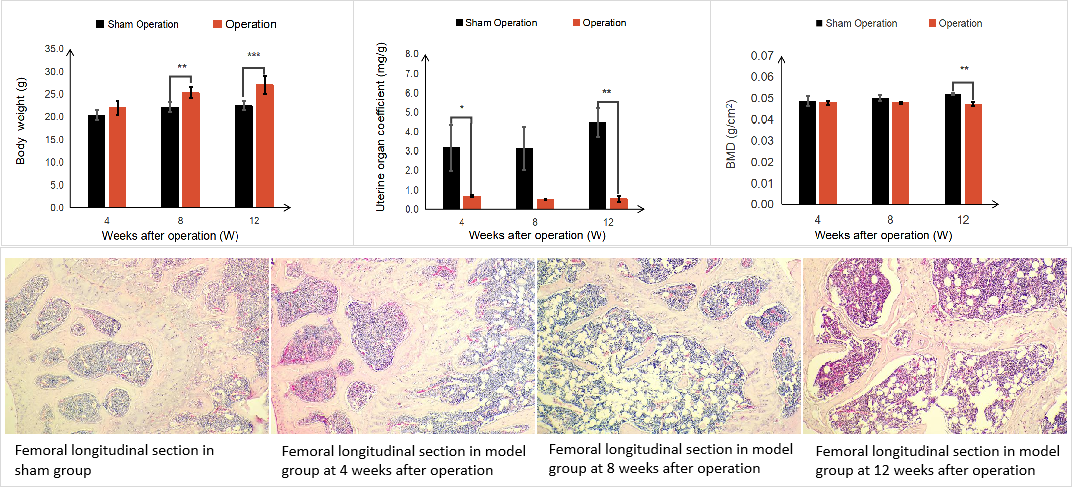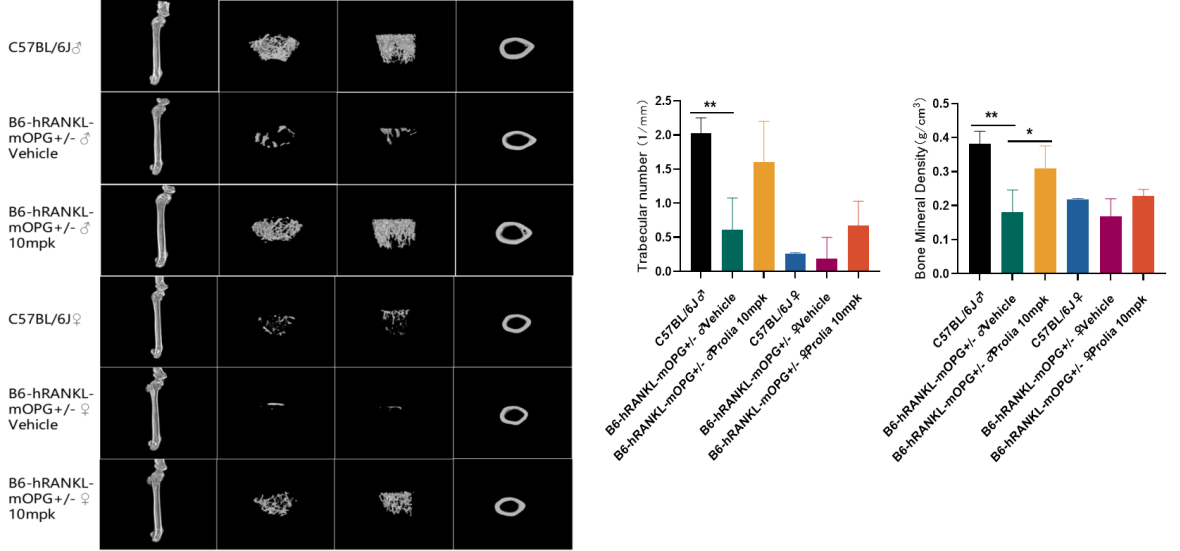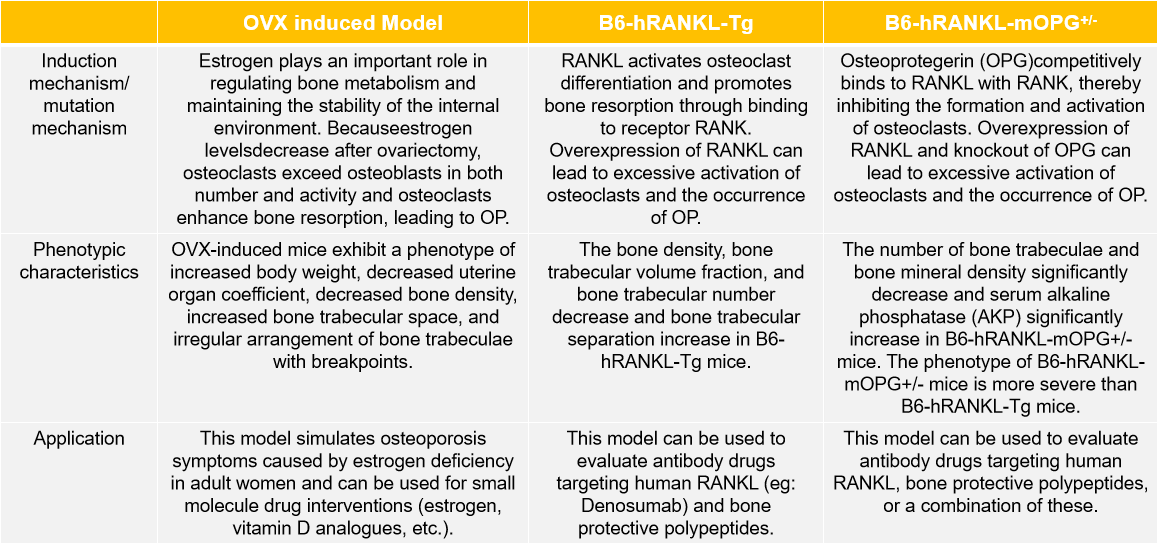October 20th marks World Osteoporosis Day. Osteoporosis (OP) is a systemic bone disease characterized by reduced bone mass and microstructural damage, leading to increased bone fragility and a higher risk of fractures.In the early stages, osteoporosis patients often exhibit no noticeable symptoms, making it easy to overlook. As the condition progresses, patients may experience a range of symptoms, including back pain, fatigue, and joint pain. In severe cases, it can lead to conditions such as kyphosis, decreased height, and brittle bone fractures, with a high rate of disability and mortality, significantly impacting the quality of life. Therefore, osteoporosis is commonly referred to as the “silent killer”.
Based on the etiology, osteoporosis can be categorized into two major types: primary and secondary. Primary osteoporosis includes postmenopausal osteoporosis (Type I), senile osteoporosis (Type II), and idiopathic osteoporosis. Postmenopausal osteoporosis typically occurs within 5-10 years after menopause in women, while senile osteoporosis refers to osteoporosis that generally occurs after the age of 70. Idiopathic osteoporosis mainly affects adolescents.
Secondary osteoporosis results from specific underlying conditions or medications, with factors like excessive alcohol consumption, caffeine intake, and smoking potentially causing osteoporosis. It can affect individuals of various age groups.
Lifestyle adjustments represent the most fundamental treatment approach for osteoporosis, with further intervention requiring pharmaceuticals. Anti-osteoporosis drugs are categorized based on their mechanisms of action and include bone resorption inhibitors, bone formation promoters, dual-action medications, drugs with other mechanisms, and traditional Chinese medicine. Currently, monoclonal antibody drugs dominate the osteoporosis pharmaceutical market. These include recent approvals like Denosumab, developed by Amgen, and Romosozumab, co-developed by UCB and Amgen. With the anticipation of more novel osteoporosis drugs gaining approval and entering the market, competition in the osteoporosis pharmaceutical market is expected to intensify.
To support research into the mechanisms of osteoporosis and drug development, GemPharmatech has developed various mouse models for osteoporosis. These models include genetically edited spontaneous OP models and ovariectomy-induced OP models.
The ovariectomy-induced OP model involves surgically removing the ovaries of mature female mice, resulting in a lack of estrogen, which mimics the bone loss in postmenopausal women leading to osteoporosis. Typically, after the removal of the ovaries, these mice are put on a regular diet for 8-12 weeks to establish the osteoporosis model.

After 12 weeks, the ovariectomized mice exhibited a significant increase in body weight compared to the sham surgery group. The ovariectomy resulted in a significant reduction in organ coefficients, specifically for the uterus. Additionally, bone density was notably decreased. Histological analysis was performed on the femurs of the mice using H&E staining. The results revealed that the model group, in comparison to the sham surgery group, displayed macroscopic changes in bone tissue. These changes included roughened edges of trabeculae, increased spacing between trabeculae, irregular trabecular alignment with discontinuities, and an increase in empty spaces within the bone marrow cavity.
The genetically edited spontaneous OP model is created using BAC transgenic technology to introduce the complete human RANKL gene into B6 mice, resulting in the B6-hRANKL transgenic mouse model. This model spontaneously exhibits symptoms of osteoporosis. Furthermore, by mating B6-hRANKL-Tg transgenic mice with mOPG-KO mice, the B6-hRANKL-mOPG+/- model is obtained. Overexpression of RANKL and downregulation of OPG in this model lead to a more severe osteoporotic phenotype, making it suitable for evaluating the efficacy of anti-osteoporosis drugs targeting human RANKL.

The results of micro CT imaging show that, compared to wild-type mice, B6-hRANKL-mOPG+/- mice exhibit a reduction in trabecular number and a decrease in bone density. Following intervention with the anti-human RANKL antibody (Prolia/Denosumab), the trabecular number increases, and bone density improves significantly in B6-hRANKL-mOPG+/- mice. This indicates a notable improvement in the phenotype.
Comparison of Phenotypic Features and Application Directions of Different Models

GemPharmatech has been deeply involved in the field of preclinical animal models for many years, focusing on model development. We have extensive experience in constructing models and have independently established pharmacological efficacy platforms in areas such as oncology, metabolism, immunity, and neurology. These platforms enable us to provide preclinical in vivo and in vitro efficacy evaluation services.


